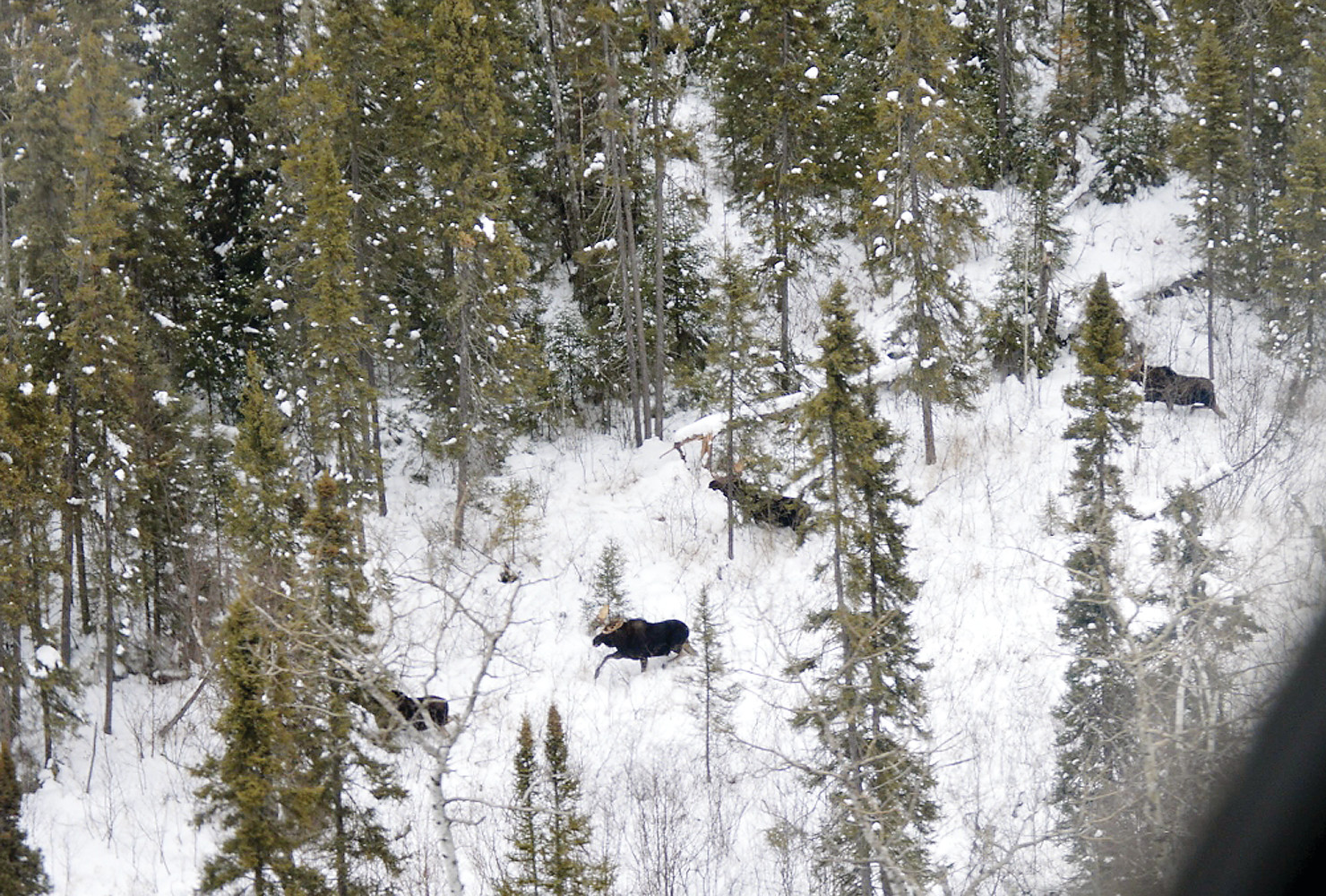Support the Timberjay by making a donation.
Region’s moose population may have stabilized, says DNR
REGIONAL— The decline in northeastern Minnesota’s moose population appears to have slowed or halted, at least for now, but there is still no sign of a recovery in the herd’s population. …
This item is available in full to subscribers.
Attention subscribers
To continue reading, you will need to either log in to your subscriber account, or purchase a new subscription.
If you are a current print subscriber, you can set up a free website account and connect your subscription to it by clicking here.
If you are a digital subscriber with an active, online-only subscription then you already have an account here. Just reset your password if you've not yet logged in to your account on this new site.
Otherwise, click here to view your options for subscribing.
Please log in to continue |
Region’s moose population may have stabilized, says DNR
REGIONAL— The decline in northeastern Minnesota’s moose population appears to have slowed or halted, at least for now, but there is still no sign of a recovery in the herd’s population. That’s the conclusion of wildlife researchers with the state’s Department of Natural Resources following the release of the latest aerial survey data, gathered in January.
“At this point, results do not indicate that moose are recovering,” said Glenn DelGiudice, DNR moose project leader. “While it is encouraging to see that the decline in the population since 2012 has not been as steep, the apparent stability does not allow us to forecast the direction of the population’s trajectory into the future.”
The annual moose estimate pegged the region’s population at 3,710 animals in 2017, a modest decline from the estimate of 4,020 determined last year. But wildlife researchers note that the population estimate is not precise. Indeed, statistically, researchers consider the 2017 numbers to be unchanged from last year. Researchers look at longer-term trends in the numbers— and for the last six or seven years, the numbers point to population stability.
Since 2012, when the DNR estimated a population of 4,230, the moose estimate has varied within a relatively narrow range, with no obvious trend.
Research by the DNR continues to examine the complex potential causes of a moose population decline that started about a decade ago. As recently as 2009, the DNR estimated the region’s moose population at approximately 8,000 animals. But within three years, the estimate fell nearly in half, to around 4,200 animals. Since then, the population estimate has remained relatively stable at around 4,000.
Ongoing research, on both adult moose and calves, suggests the recent signs of stability could have resulted from higher calf survival. When more calves survive until the aerial survey in January, it tends to boost the population estimate. Last year, when calves represented 17 percent of the population, the DNR estimated the moose population at 4,020 animals. This year, the DNR found fewer calves, which pushed the estimate slightly lower.
While the annual variability in survey results may be affected most heavily by calf survival, studies have demonstrated that adult moose survival has the greatest long-term impact on the trend of moose populations. The DNR’s moose mortality research project shows that survival of adult moose has remained between 85 and 88 percent from 2014 to 2016, a bit higher than the average of 81 percent during 2002 to 2008. Factors believed to be behind the decline in adult moose include the increasing prevalence of parasites carried by whitetail deer, other health related issues, and predation by a high population of wolves.
Annual aerial moose surveys have been conducted each year since 1960 in the northeast. Adjustments were made in 2005 to make the survey more accurate and annual results more comparable.
This year’s survey involved flying 52 survey plots (13 square miles each) distributed across northeastern Minnesota from Jan. 5 to Jan. 14. The Fond du Lac Band of Lake Superior Chippewa and 1854 Treaty Authority contributed funding and provided personnel for the annual moose survey.






